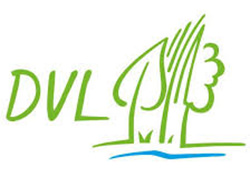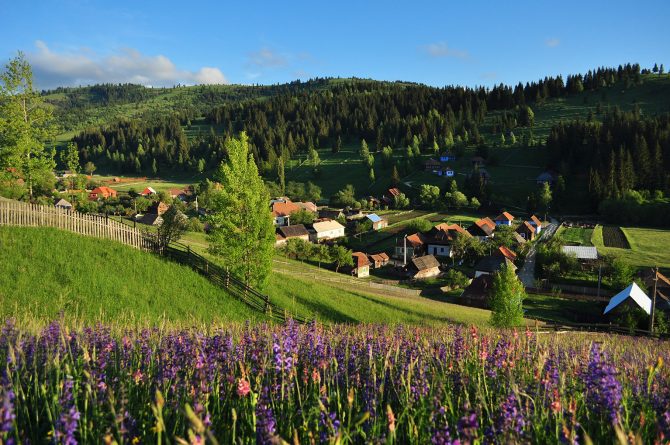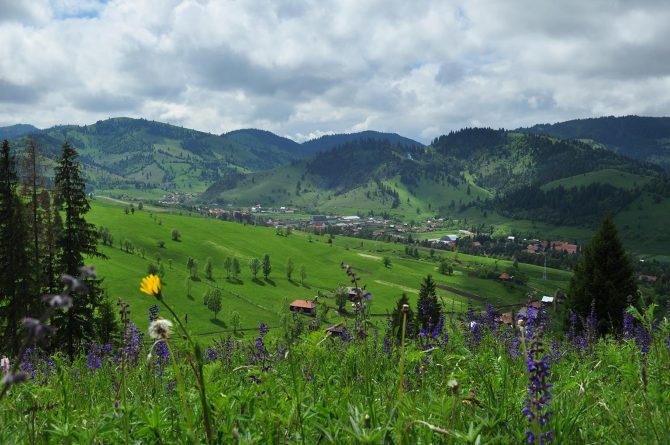2016 EUROPE
Preparing the Conservation and Development of Cultural Landscapes on a European Level
Landcare Germany (Deutscher Verband für Landschaftspflege - DVL), Europe
Partnership building
Landscape, Seascape
Overview
The European countryside is characterised by cultural landscapes/SEPLs which have been used and shaped over centuries, sometimes even more than 2500 years. Although these cultural landscapes have different characteristics depending on the region, all of them have adapted land-use systems in which people and nature live in harmony. Due to economic development, these landscapes have been under threat from the intensification of land-use or land abandonment which also leads to a loss of cultural knowledge and local identity. Simultaneously, this leads to biodiversity loss, because people do not retain knowledge about the sustainable management of local biodiversity, local breeds and extensive management practices. Cultural landscapes/SEPLs can only survive in Europe if they are acknowledged as valuable systems and if they can gain the attention of the European Policy. Therefore, this project aimed to set up “Landcare Europe” (LE) to draw the attention at the European governmental level to Europe´s cultural landscapes/SEPLs and the need to preserve their sustainable mechanisms. LE will improve the exchange of knowledge between members and other organisations, especially about Satoyama Initiative and Landcare International.
The main outcomes were as follows:
- European partners participated in the German Landcare Conference 2017 in Regensburg and had a discussion forum on Landcare Europe
- Applied for a European Parliament Pilot Project 2017
- Applied for a LIFE governance and information project 2018
- Summarised funding options for Landcare Europe by the EU KOM DG Environment 2019
Key achievements
- Cooperation of DVL and its European partners improved.
- A well-designed project draft was approved by all partners, and will become a good basis to work with in the future.
- The Satoyama Initiative could be presented to several persons and organisations that have been unaware of the initiative until now.
Lessons
- “Flexibility” is important to adapt to the changing environment, as well as being able to work with different partners or looking for other optimal project funds, to achieve the goal.
Project location
Organisation

Landcare Germany (Deutscher Verband für Landschaftspflege - DVL), Europe
- Sector
- Non-governmental organisation
- Country
- Germany
- Website/SNS
- https://www.lpv.de/

